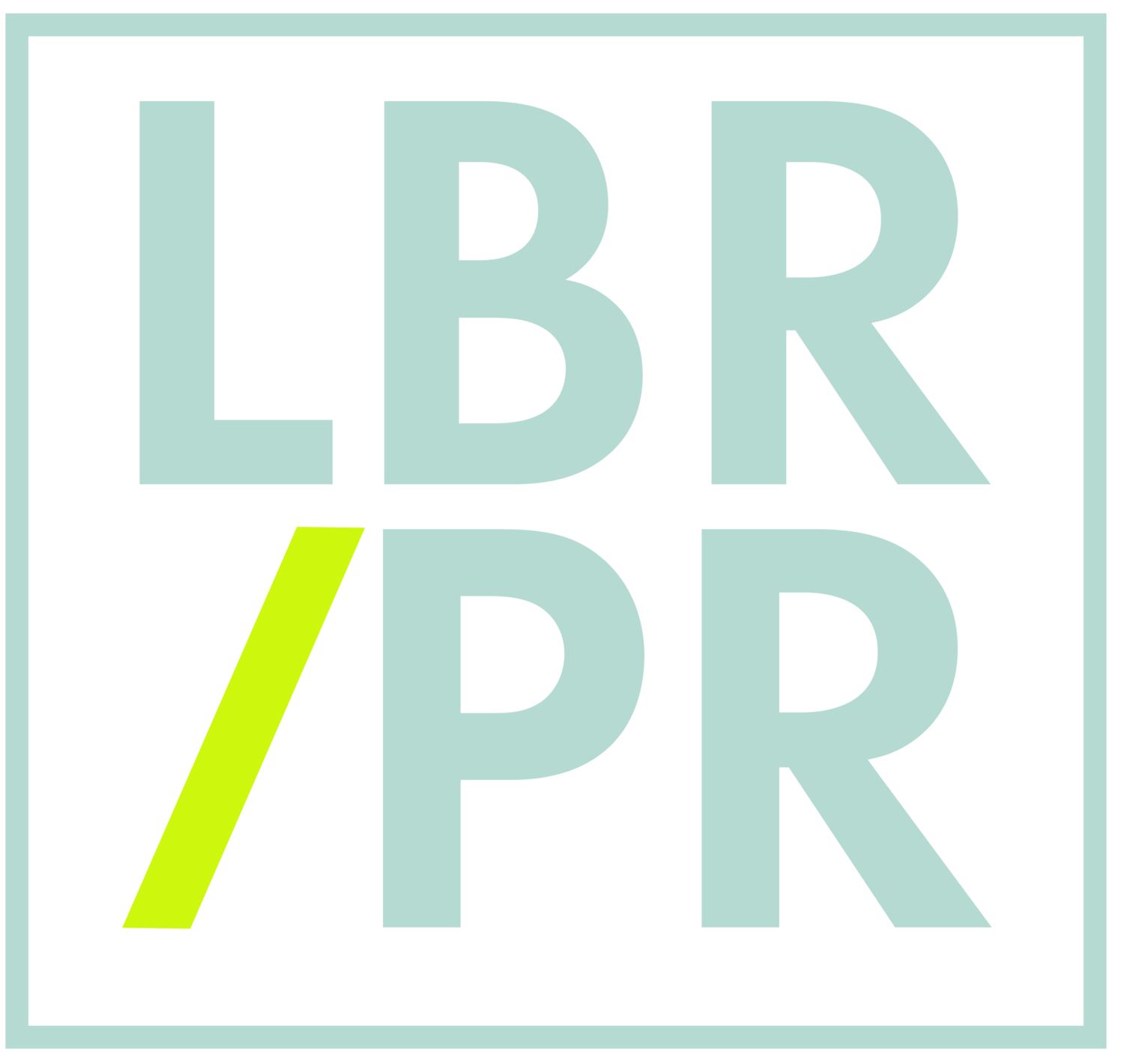Fresh, authoritative, and everywhere that counts:
How women’s‑health brands can balance paid × earned × owned (all year long)
Awareness months like Menopause Awareness month in October is always a great conversation starter, but it can’t be the whole strategy. When paid reach is throttled, earned and owned must pull extra weight. Here’s how to balance the mix so you’re discoverable every month by search, the media, clients, investors and prospects:
Paid: Still useful, but know the landmines.
Women’s‑health ads and posts are often removed or restricted, including neutral medical terms and breastfeeding visuals. Meta removals, Google rejections and Amazon suspensions are all well documented. Amazon has even flagged vaginal‑health products as “potentially embarrassing.” Sigh.
Right now, paid media is still great for bottom‑funnel intent (e.g., search for specific conditions), non‑sensitive product SKUs, hyper‑local awareness and retargeting from earned/owned. Unfortunately, brands in the space must avoid euphemisms or claims that invite policy scrutiny. When in doubt, route sensitive topics and terms to owned content and earned storytelling to avoid censorship.
Earned: Credibility that compounds (and gets re‑used by AI).
When ad guardrails make your message stutter, earned media is how it travels – with third‑party validation that audiences and algorithms both recognize. The latest Muck Rack analysis of 1M+ AI citations found that non‑paid links dominate, and journalism shows up in more than a quarter of citations… spiking to ~49% for time‑sensitive queries.
High‑authority outlets (Reuters, AP, FT, Axios, TIME) are frequent touchpoints, but they’re not the whole story: only about 15% of top‑cited sources repeat across multiple industries, which means vertical trade press does real work in health. Fresh, reported coverage doesn’t just support your narrative, it shapes what gets repeated next.
To make that compounding work for you, package clinician‑led education and data points (guidelines, studies, outcomes) into quotable insights, target a ladder of mainstream + women’s‑health and medical trades and publish (or update) an owned explainer that mirrors the facts in the coverage so editors (and yes, AI systems) encounter one clear, consistent version of your story wherever they look. That alignment will help keep your authority durable across paid, earned and owned.
Owned: Your “always‑on” source of truth.
When we say “owned,” we mean the channels you control end‑to‑end – your website, resource library, newsroom, email campaigns and patient‑education hubs. Social is great for distribution, but it still lives under platform rules. In women’s health, that distinction matters because if your Instagram post with breastfeeding imagery gets flagged or an Amazon listing trips a filter, your site is where the medically accurate, unfiltered version must live – clearly written, properly sourced, and easy to find. Think of owned content as your permanent record: the place people (and reporters) can trust when ads get noisy or don’t run at all.
Make these pages citation‑ready and human‑readable. Use plain language (short sentences, everyday words), show who wrote it and include a clear “last updated” date. This isn’t just style, it’s health‑literacy best practice and it’s favored by search systems that surface helpful, reliable, people‑first information. Now, for some women’s‑health use cases:
A menopause clinic can publish a “Genitourinary Syndrome of Menopause (GSM) 101” explainer that plainly describes symptoms like vaginal dryness, outlines evidence‑based therapies, and links to reputable guidelines and then add a short Q&A addressing common workplace questions (sleep, concentration, thermoregulation).
A breast‑oncology practice can host a page on “Sex and Intimacy After Breast Cancer,” covering side effects, pain and body‑image with practical next steps and a “When to call your clinician” box.
A pelvic‑floor brand can maintain a “Leakage vs. Urgency” page that helps people self‑identify the likely pattern and points to conservative treatments. Each page should list sources and a review cadence so nothing goes stale.
Then, EACH of these topics can be used as fodder (and background) to pitch journalists on unique storylines, plus they are searchable by generative engines that lean on non‑paid, authoritative pages to check facts and pull context. So when your owned page mirrors the facts quoted in news coverage, you make it easier for both reporters and models to point back to you.
Finally, close the loop between earned and owned. After a placement runs – say, an Axios brief on your new study – publish a matching resource page the same day with the core data, a plain‑English takeaway and links to article.
The through‑line: You can’t always buy your way to visibility, especially in a category like women’s health where outdated norms and algorithms still rule the day. But you can earn it – and make sure your owned pages reinforce it, so that your story shows up to your target audiences.

